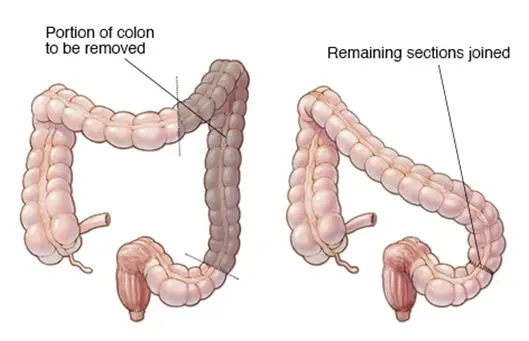Your Frequently Asked Questions
Insights from the Best Surgical Gastroenterologist in Gujarat
Preparation includes a thorough evaluation, nutritional assessments, and bowel preparation. Preoperative antibiotics may be prescribed, and the surgical approach will be discussed with the patient in detail.
Risks include infection (higher in open surgery due to larger incisions), bleeding, anastomotic leakage (where the connection between colon ends leaks), hernia (particularly in open surgery), and adhesions (scar tissue that may cause bowel obstruction).
Yes, regular follow-up appointments are necessary to monitor recovery, detect any recurrence of disease, and address complications such as bowel obstruction from adhesions.
The expected outcomes include improved symptoms, quicker recovery due to early mobilization, and a gradual return to a normal diet, starting with liquids and advancing to solids.
Recovery typically takes 4 to 6 weeks, depending on the patient’s health and the type of surgery performed. Early mobilization and regular follow-up visits are crucial to reduce the risk of complications such as deep vein thrombosis (DVT) and pneumonia.


